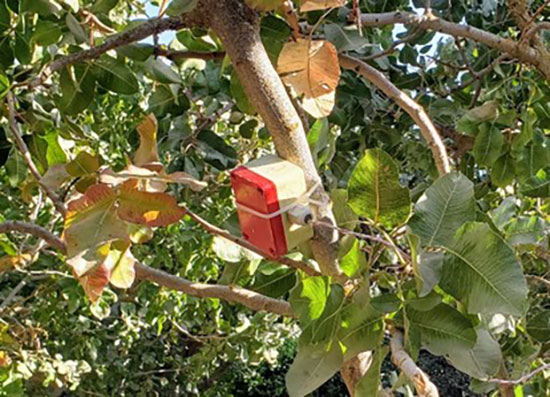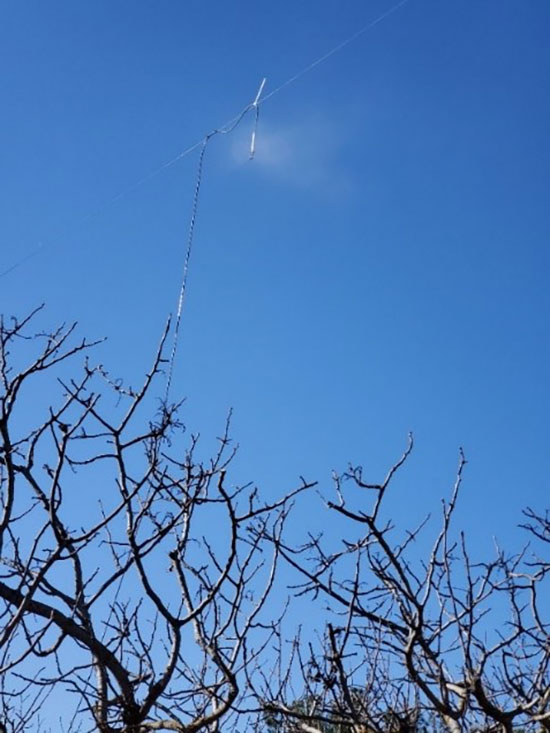July 27, 2020
BY NYAKUNDI MICHIEKA PH.D.
NMICHIEKA@CSUB.EDU
Economics of Pistachio Production in Kern County and California
Pistachio production in Kern County has grown over the last 4 decades. Between 1980 and 1990, output averaged 14,245 tons, then more than doubled between 1991 and 2000, averaging 35,370 tons. In 2017, output was 143,000 tons compared to 178,000 tons in 2016. Today, pistachios are Kern County’s third top crop contributing 15% or $1.14 billion worth gross value of agricultural products, according to the Kern County Deparment of Agriculture and Measurement Standards (2020). Pistachios are also California’s second most valued agricultural export with a value of $1.52 billion. Roughly 44% of exports end up in China or Hong Kong while 30% end up in Europe (California Department of Food and Agriculture 2018).
Pistachio Development and Temperature Changes
California’s central valley is well suited for growing pistachio trees which thrive in hot summers and moderate winters. Winters, however, need to be cold enough for pistachios to complete their dormancy and produce adequate bloom in the following spring (Herrera 1997). This exposure to cool temperatures is called ‘chilling’. Inadequate chilling can result in uneven pollination which can reduce yield, affect uniformity among mature nuts and require growers to make additional harvest passes (Kallsen 2006, Elloumi, Ghrab et al. 2013).
Kern County has been experiencing higher than average winter temperatures which may effect pistachio production. In fact, the California Department of Food and Agriculture (2016) reported that the 2015 drop in California’s pistachio production was due to warmer climate. Studies have also predicted that the next three to five decades may be too warm to grow tree crops (Luedeling, Zhang et al. 2009). Various technologies have been proposed to mitigate the adverse effects of weather on pistachio production with others treating trees with oil, applying kaolin clay or breeding new cultivars altogether.
Mist Cooling System for Pistachio Production in Bakersfield



Preliminary Findings
Even at lower temperatures of 50 degrees Fahrenheit, temperature drops were possible. The average drop in temperature across all experiments was 5 °F with 16.67 °F being the maximum temperature drop. The most efficient temperature drop occurred where misting was applied to branches until they became wet – as opposed to misting over fixed times. Using more zones led to larger temperature drops, though water usage may have been more. Temperatures did not drop significantly on windy days.
Funding for this project was made possible by the U.S. Department of Agriculture’s (USDA) Agricultural Marketing Service through grant AM170100XXXXG011. Its contents are solely the responsibility of the authors and do not necessarily represent the official views of the USDA.
References
California Department of Food and Agriculture (2018). California Agricultural Exports
2017 - 2018. Available at <https://www.cdfa.ca.gov/Statistics/PDFs/2017-18AgExports.pdf>.
Elloumi, O., et al. (2013). "Chilling accumulation effects on performance of pistachio
trees cv. Mateur in dry and warm area climate." Scientia Horticulturae 159: 80-87.
Herrera, E. (1997). Growing Pistachios in New Mexico, New Mexico State University.
Cooperative Extension Service. Circular 532. College of Agriculture and Home Economics.
Available at <https://aces.nmsu.edu/pubs/_circulars/CR532.pdf>.
Kallsen, C. (2006). "Pistachios short on chilling hours." Accessed. July, 2020. Available
at <https://www.farmprogress.com/pistachios-short-chilling-hours>.
Kern County Deparment of Agriculture and Measurement Standards (2020). 2018 Kern County
Agricultureal Crop Report. Kern County Crop Reports. 1001 S. Mount Vernon Avenue,
Bakersfield, California 93307. Available at <http://www.kernag.com/caap/crop-reports/crop10_19/crop2018.pdf>.
Luedeling, E., et al. (2009). "Climatic changes lead to declining winter chill for
fruit and nut trees in California during 1950–2099." PLoS One 4(7): e6166.

